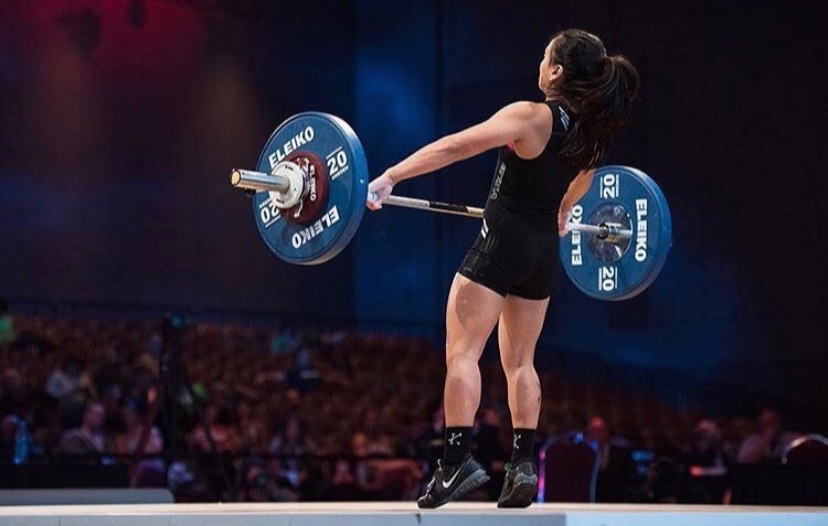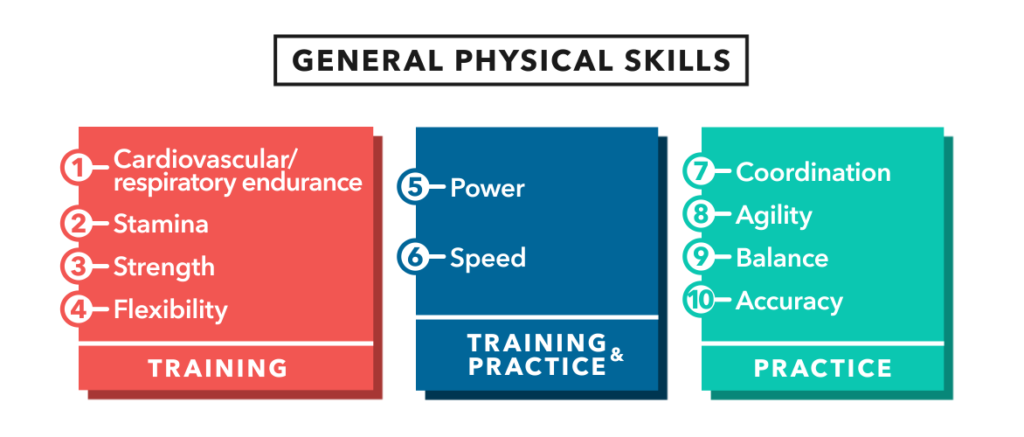Why We Perform the Olympic Lifts
by Erik Castiglione
One of the most common criticisms aimed at CrossFit is the use of “high rep” Olympic lifting. The contention is that the Olympic lifts were meant to be done in high weight, low volume settings. This idea comes from weightlifting meets, where each athlete performs a total of 6 lifts (3 snatches, 3 clean & jerks), for the heaviest possible weight.
However, what this criticism fails to consider, is how broad the term “[Olympic] weightlifting” is. There are numerous variations of the snatch and clean, not to mention the jerk. We can start with the bar on the floor, on blocks, from below the knee, above the knee, at our pockets, and at our waist. We can start in one position and pause in others along the way. We can finish in the muscle position, power position, or in a full squat. And there are numerous drills like pulls, high pulls, balances, drops, etc. that we can use in place of or in combination with these other variations. Are all of these variations bad/dangerous?
No, absolutely not. Again, there is a misconception that CrossFit is only composed of the metcons we do. Critics often forget the dedicated strength work and skill work that many gyms, including Viking Athletics, perform regularly. These are controlled settings in which athletes can practice their form and build their strength without a clock involved. And even when we look at high intensity metcons, there are still safe ways to use the snatch and clean, and their variations. Once again, it all comes back to WHAT we’re trying to train – the “why” behind the workout.
Before we get into that, we need to look at why we bother with the Olympic lifts at all. Is it a self-perpetuating thing? They’re part of CrossFit, and because we do CrossFit, we perform the Olympic lifts? Truth be told, that does come into play once a year – during the CrossFit Open. Since we participate in the Open, and the snatch and clean regularly make appearances, it would be irresponsible and dangerous to throw members into these workouts without teaching proper technique. But that’s a small, insignificant reason to include them in our program.
The main reason we train them is because we’re limited in our training time, and they provide a lot of bang for our buck. CrossFit is concerned with training 10 general physical skills: accuracy, agility, balance, coordination, cardio/respiratory endurance, flexibility/mobility, muscular strength, muscular stamina, speed, and power. The snatch and clean target 8 of the 10 – cardio/respiratory endurance and muscular stamina are the 2 outliers, and you could make a case for stamina being trained. I don’t think we need to delve into how these movements train the 8 skills, that should be self-evident.
Furthermore, because our time is limited, we want to train both physical attributes AND specific movement patterns. For example, if we were concerned with training pure power, plyometrics would be the best way to do it. Then, we could use a variation of a clean, like a power clean or hang power clean, to test our power. You see this approach in collegiate and professional sports. Rather than spending time learning the intricacies of the full lifts, they use the simpler versions, and spend their skills acquisition time working on sport specific skills like throwing, catching, running pass routes, etc.
We, however, spend our time lifting barbells and other implements overhead, squatting with them held in front of us, and using our hips to generate power in gymnastics movements. The clean and snatch are great ways to practice these skills.
So, if the power versions of the clean and snatch are sufficient to build and test hip power, why bother with the full versions of the lifts? Because they put us in positions we might otherwise avoid. Movement is the best diagnostic tool for discovering mobility restrictions, and the best medicine for fixing them (Dr. Kelly Starrett popularized this notion).
Additionally, the full versions of the lift require us to change levels. We go from a bent over position/hip hinge, to standing on our toes, to dropping into a squat, and back to standing. Changing levels involves a lot of spatial awareness, and can actually help us rewire our brains to make us more fluid in movement. This in turn allows us to pick up new movements more easily. If you think about this in terms of human development, it makes a lot of sense. We encourage children to run, jump, tumble, roll, crawl, and climb, because it’s how they learn to move. And, it’s easier to learn new sports when we’re young, because we engage in these activities. We stop doing them as we age, making it more challenging to learn new sports when we’re older.
Finally, we come back to conditioning and revisit “high rep” weightlifting. For the basis of comparison, no one seems to have any problems with KB swings done for high volume. There are programs out there that have literally 500 swings in a workout, and no one blinks an eye. Well, performing a hang power clean or hang power snatch is pretty much the same movement pattern as a Russian or American KB Swing, respectively. But we can perform them with heavier loads, and significantly fewer reps than 500 (if you perform 500 snatches in a workout, I will concede that THAT is dangerous). So, we achieve a similar effect with fewer movements, making them more efficient. As long as we properly dose the volume and load, there is no issue with these variations of the Olympic lifts.
As for the full versions of the lifts, well, sometimes we want to perform them in a workout. Performing a complex and technical movement when you’re under metabolic stress is an excellent indicator of movement mastery. And we can only get there through practice. So again, we need to appropriately prescribe weight and reps. And, to make sure we’re safe, we need a good background in the lifts, which we at Viking Athletics develop in our strength/skill work. So, we’ll continue to practice the lifts weekly, perform mostly variations of the lifts in our metcons, and limit the reps and/or weight as necessary when we occasionally perform the full lifts. Context and intent matter, and with those in mind, the Olympic lifts are excellent tools to help us achieve the results we want.


